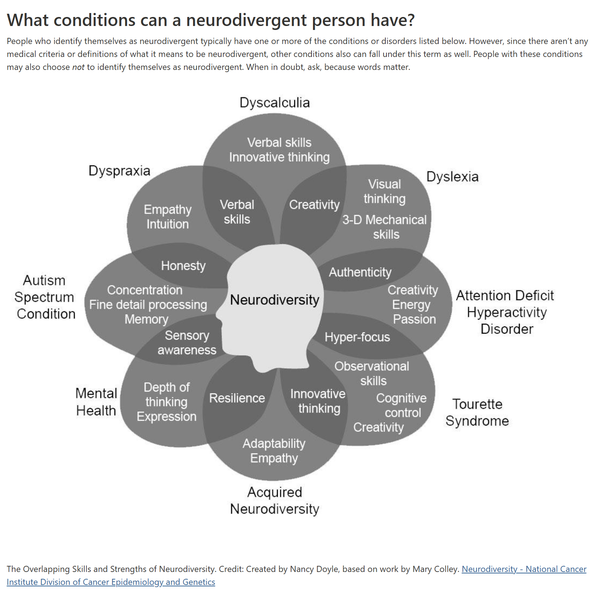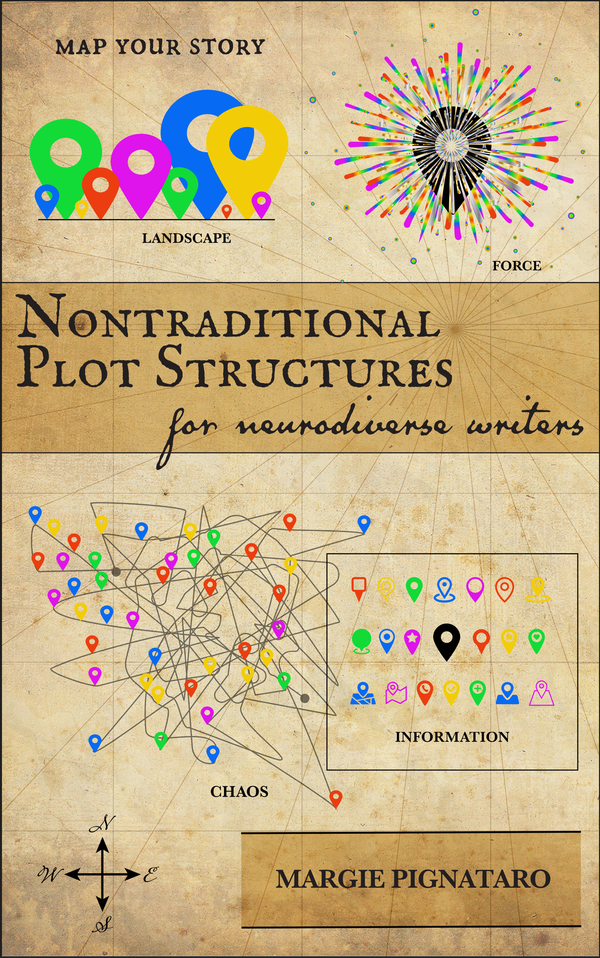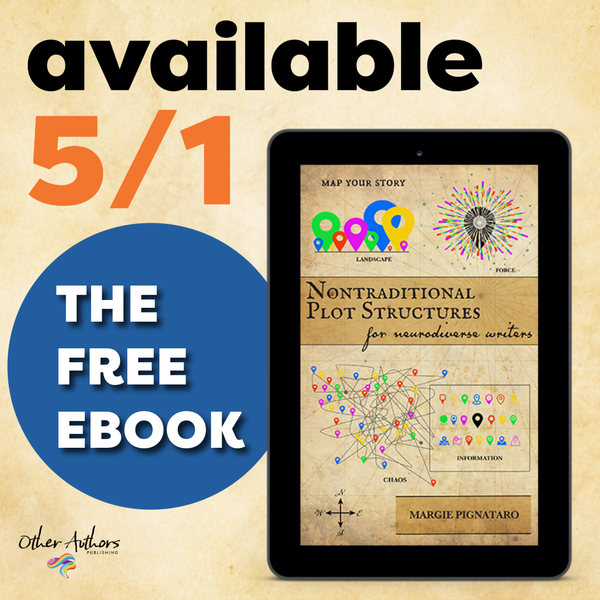Adapting "Little Miss Muffet" into a Chaos-structured story
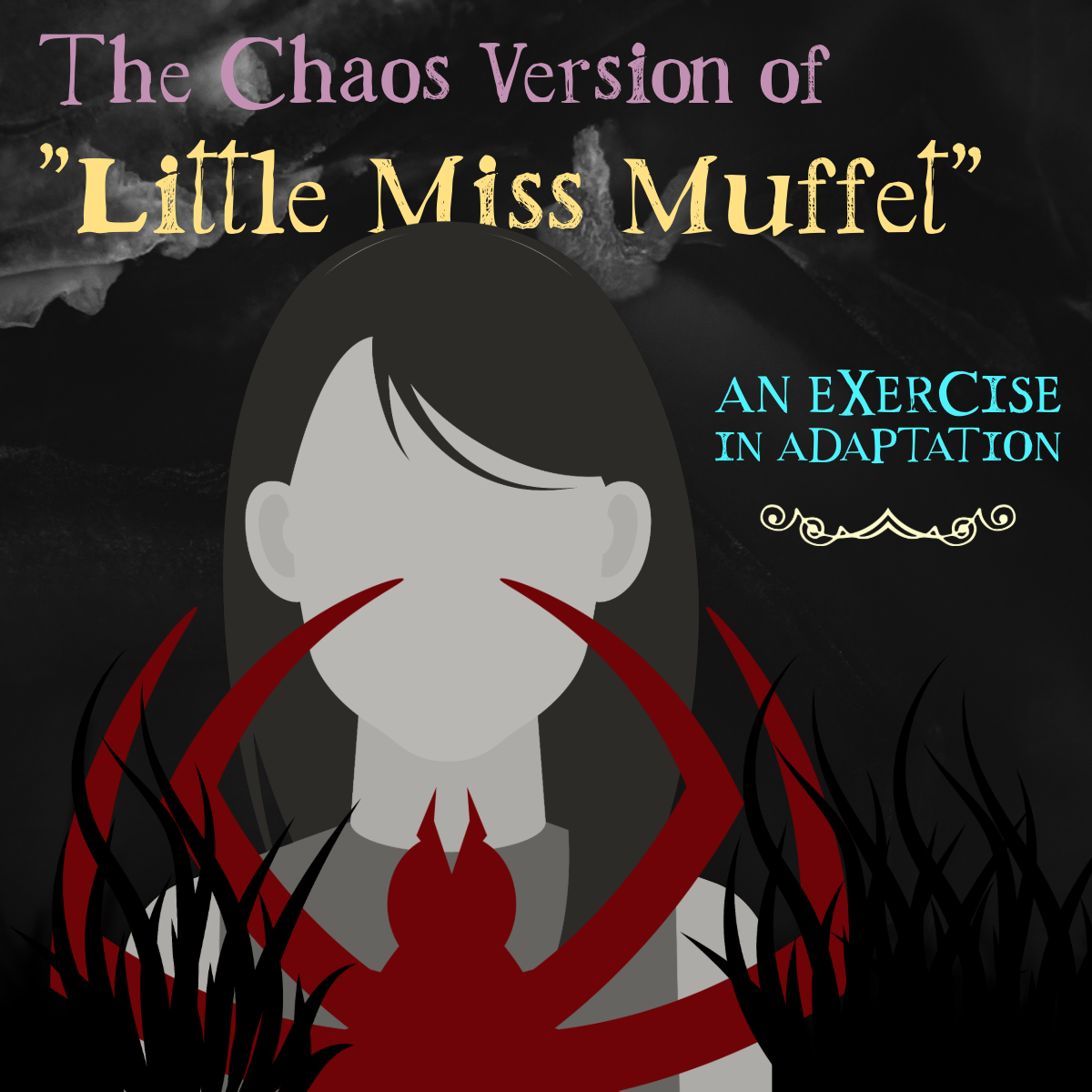
I've written about Chaos before. First, in my post about the concept in general, and then in an analysis of "Hey Diddle, Diddle" as a manifestation of a Chaos structure.
Now, I'm going a step further. I'm doing an adaptation of "Little Miss Muffet" (LMM) into a story with a Chaos structure. This isn't going to be something long; I wish to keep it to reasonable length. It won't be in rhyme or verse. It's nothing too serious; it's not good. I'm not thinking of publishing it. It's just an exercise. I've written full Chaos structured plays before, but doing this exercise still felt like a bit of a workout. And it was fun.
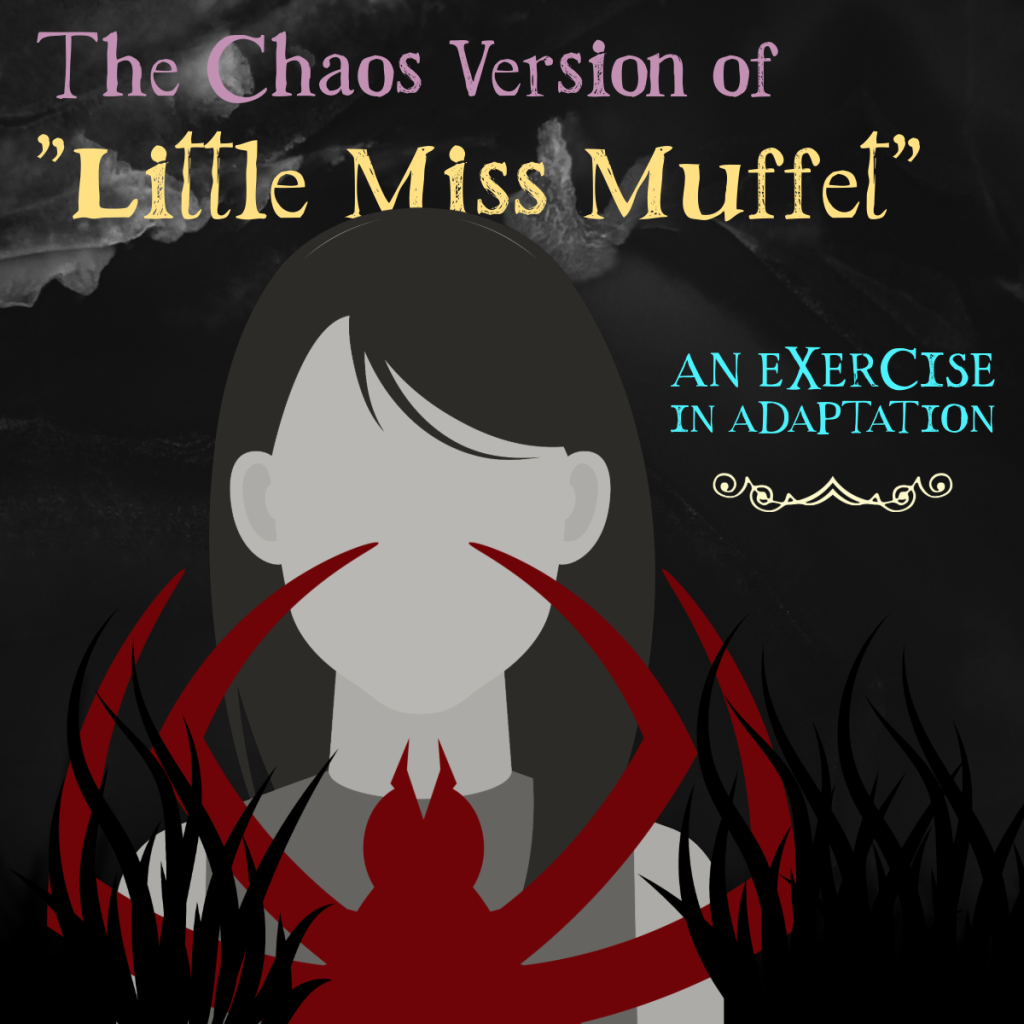
I'm going to begin by doing a short breakdown of all the information and plot structure we have in LMM. I'll show how it's built as a traditional story.
The next step is to begin pulling it apart into its basic elements. Doing so will help build it up into Chaos.
Then, full warning, I need to discuss something I named a couple of days ago: The Never-Ending Event (NEE). This is everywhere in writing, but I haven't seen a complete description of it or a useful understanding of it. (NOTE: if anyone does know of an explanation or definition that fits a non-traditional structure, I'd love to hear from you.) Usually, in traditional plot structure and conventional creative writing feedback, this is referred to as "nothing happens". I'm explaining the NEE because it's a totally acceptable tool for constructing a Chaos plot.
Then, the adaptation. I won't just give it to you and then walk away. I'll go through and explain why I did what I did and the choices I made.
First a traditional structural analysis
Little Miss Muffet
Sat on a tuffet,
Eating her curds and whey;
Along came a spider,
Who sat down beside her,
And frightened Miss Muffet away.

- Miss Muffet sits and eats
- The Spider sits beside her
- Miss Muffet runs off
- The Spider is the Agent of Action (see below)
- its actions cause Miss Muffet to run away (advances the plot)
- we can only assume the Spider's motivations are to frighten her
- In conventional plot terms, the story is stronger if one character has an obvious, achievable goal
- Miss Muffet has two goals:
- eat all of her curds and whey
- This is an achievable goal
- get away from the spider
- she can never be sure that she has gotten completely away from the spider
- eat all of her curds and whey
- It is possible the Spider had no intention to frighten, or engage with, Miss Muffet; in this case, the Spider's goal can only be to sit beside Miss Muffet, which the Spider achieves immediately.
- The image included makes a bold choice for the Spider to be a boy's prop. This makes the boy the Agent of Action with the intention of scaring Miss Muffet.
- The image is creating a traditionally structured journey plot.
- The original rhyme alone is a standard plot where the agent of action, the Spider, embarks on a journey to frighten Miss Muffet.
- The Spider is the antagonist
- Miss Muffet is the protagonist and main character

"Agent of Action" is an idea created by my former and late playwriting professor, Dr. David Rush. This quote is from his book, "A Student Guide to Play Analysis". Though he speaks in terms of playwriting, his point is valid across all forms of fiction.
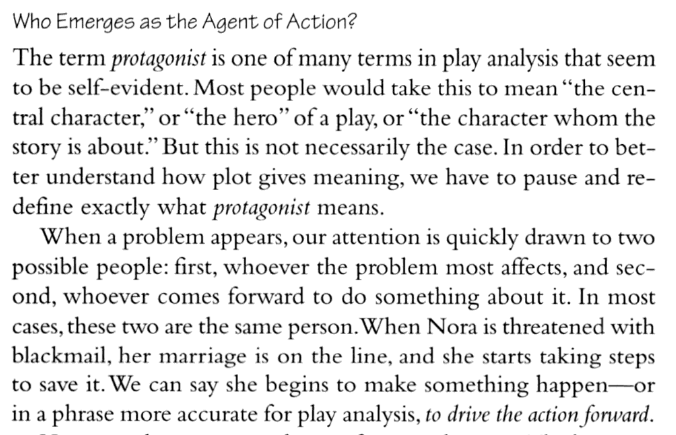

Finding the Knots
The Knots are the key moments, events, or beats in the rhyme. These are the elements we associate with "Little Miss Muffet". These will be our anchor points on the Chaos string.
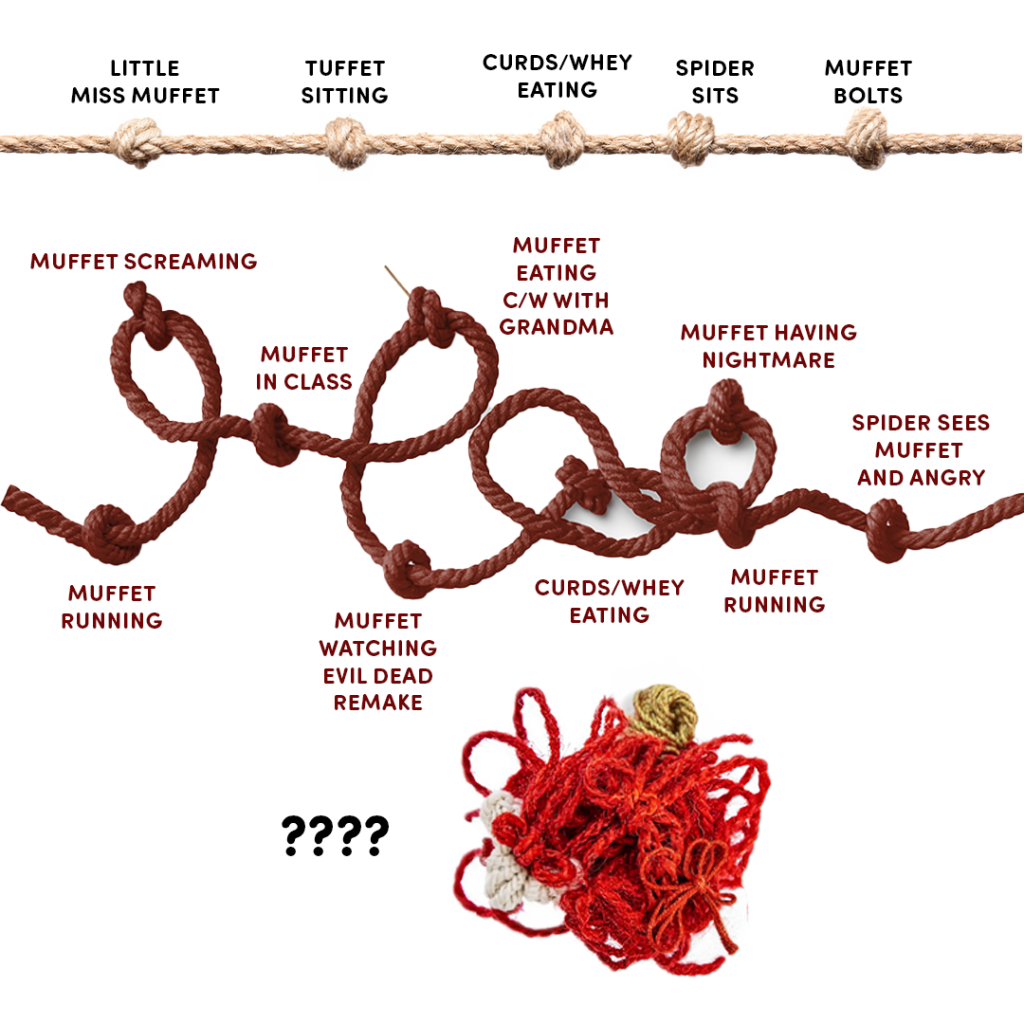
The first string has five knots that are the basic elements of the rhyme. This isn't an absolute reading. "Little Miss Muffet" can be combined with "tuffet sitting". But because Muffet is the title character, I thought her herself was an important, stand alone element.
The second string is a mild Chaos version of LMM. There are more knots with added events. Some of these events are not conventional and do not have especially clear goals or actions. These are Never-Ending Events (NEE), which I will explain next. The extra knots that are obviously not from the original rhyme are things I felt would be interesting. Things I felt fit the story and what I felt the story was about. Some don't quite work for me as well as others, so, in my finished draft, I changed and altered them. Also, the timeline of events is important only in terms of how you feel it is important. A linear timeline is so conventional we forget or ignore that we don't live time in a linear fashion. Stories do have flashbacks, but they're organized and placed in precisely important positions. I have flashbacks and memories and most of the time they're not organized. Sometimes they happen at the weirdest time. Sometimes I summon the memories, and sometimes I can't remember. Not being able to remember something creates a void in time. A timeline with a void cannot be a linear timeline. Chaos is all about this kind of time.
The ball of yarn with knots is an intense Chaos structure. I haven't labeled the knots. Instead, I left question marks. Truly, experiencing this type of Chaos structure would leave audiences saying, "What the fuck did I just read?" The best compliment I ever received for one of my plays was, "I have no idea what I just saw, but I feel smarter for having seen it." The best thing to do with a ball-of-yarn level of Chaos is to sit with it. Don't unravel it. Don't try to find patterns or coherence. That isn't the point. The "????" is the point.
Most people don't know that it's okay not to understand what's going on. Most people live lives where they don't understand why certain things happen to them.
The Never-Ending Event
We see these in movies, novels, and plays all the time, but we tend to either ignore them or criticize them as being "boring" or complain that "nothing's happening".
Events are when something happens. Like killing the bad guy and defusing the nuclear device. These are concrete actions with clear, observable endings. You know when the bad guy has been killed because he will be dead.
NEEs are events that do not have an end or the ending cannot be determined. It begins like a conventional event. Something triggers it. There's an inciting incident. But it is difficult or impossible to determine when it will end.
The TV show Mad Men was stellar at using NEEs at specific moments in episodes to build texture and character development.
What are examples of NEEs?
- A character staring out a window
- Two characters laying in bed after sex talking
- A character bouncing a ball off of a wall
- In a novel, long descriptive passages (see ANY novel written in the 19th century)
- One character watching another
And so on. The reason why people crap on these moments so much is because of the journey structure. When a plot is based on achieving goals and concrete actions, having a character do something introspective or emotional seems like nothing is happening. These moments are often used to give an audience a break, especially after an intense scene. These moments clash with everything else going on. NEEs are like a clown at a funeral.
Never-Ending Events work well in a Chaos structure precisely because there is no linear, organized chain of actions. Journey plots are driven by action; Chaos plots are driven by emotion. NEEs convey emotion, texture, subtly, nuance, unknowns, suggestions, mystery, confusion, and so on.
These moments worked well in Mad Men because the show focused more on character development than car chases.
Most of the moments in the second Chaos string above are NEEs. This isn't an issue because the clown is now in a circus. And the circus is wacko.
My version
I spent two drafts on this. I'm not trying to be good. I will never want to do anything with this beyond this post. So go easy on me. It's crap.
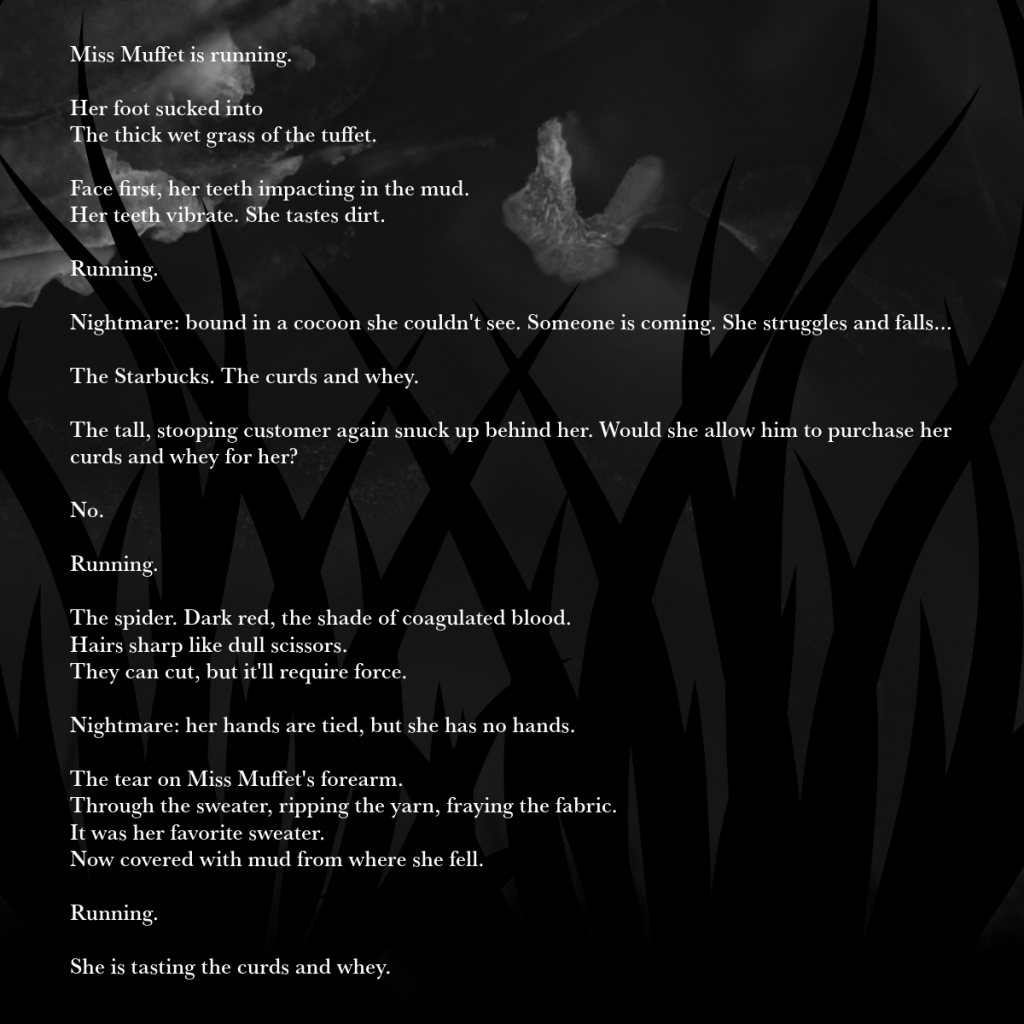
I made a number of changes to the second string. The biggest is the removal of Muffet watching a horror movie. I felt that including that would invalidate her fear response: "she's imagining things", essentially. I didn't want to promote this sexist attitude.
I also wanted to insure that the audience sees this as a real threat.
Does this choice contradict the inclusion of nightmares? Possibly. Does the inclusion of nightmares imply that all of this is a nightmare? Possibly. I'm comfortable with that confusion. Is she afraid because of her nightmares or are her nightmares reflecting what she's afraid of? I believe nightmares are the effects of our experiences.
There is no linear timeline. This is a deliberate choice. This string is illustrating terror. This can be an incoherent experience in which the person involved may not feel part of the logical world. There can be dissociation and everything feels like a dream or someone else's story.
The moment where Muffet encounters the Spider is deliberately not included. I wanted the readers to write their own version as they read. The reader can make anything much more frightening than I ever could.
There is frequent repetition of running. Again this is an NEE and the unending nature of it makes all of this seem unending. Muffet seems to live in a state of running for her life. She lives in panic.
Why include the other stooping customer? Ambiguity. Is he a threat? Is he the Spider? Is there more than one Spider? The inclusion of a random meeting seems superfluous. But it helps twist the string. It unsettles expectations and teases new possibilities.
This is a VERY DARK version of LMM and it wasn't my intention. This is how it fell out of me. Could there be a more upbeat version?
Yes, but the element of fear would have to be translated into something else.
- Porno/erotic centering on an orgasm, but with plenty of NEEs available (pornos are built with more NEEs than climaxes).
- Sci Fi: LMM is actually a loose interpretation of the movie Alien (I never thought of that before!), but the spider could be a less aggressive alien; the human/spider dichotomy requires the main character to have an "other" or "alien" counterpart.
- A romance. I actually did a non-chaos interpretation of LMM for a Planned Parenthood event that involved abortion (and they were not pleased). But the fear can translate into love: love can frighten people away.
- And then the most unusual interpretation I've encountered..........
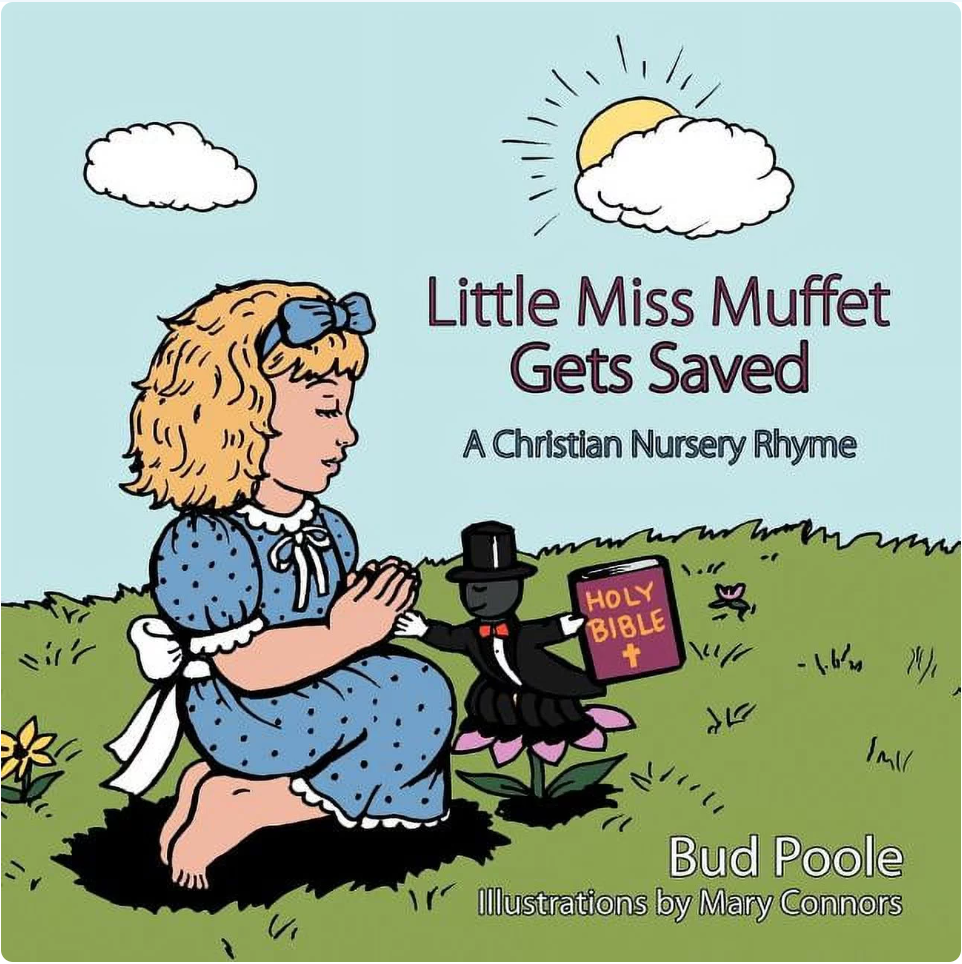
Little Miss Muffet Gets Saved. As much as I wanted to make fun of this, I really can't. This is a clever, smart choice. It's the best example of creating a positive interpretation of the rhyme. I also commend them for making the Spider a positive character; I like the little tuxedo. I expected the Spider to be a demon or Satan, considering how negatively people view spiders. (Then again, having a children's book with Satan as a character in the form of a spider probably isn't a healthy choice.)
In all of these possibilities, each has a string built from an emotion. This is the essential difference between Chaos and Journey plots: Journeys are focused on a goal and Chaos on an emotion.
Emotions are never-ending events.
Miss Muffet gets frightened away. We are not told of her fear ever ends. A fear of spiders seems never ending. Conquering a fear is difficult and could simply transfer to something else. Spiders can becomes a fear of airplanes.
The journey structure cannot work easily with emotions. Yes, emotions can change. But in a 2 hour movie, I have rarely seen an emotion that has been reasonably and adequately addressed, explored, and resolved. "Closure" is often combined with a journey: a grief journey will end in closure. Closure is often translated into a physical action, such as releasing a balloon or visiting a grave. But do emotions have doors to close forever? Movies and books say yes. I say no, never in my experience.
Closure is a plot device to create an ending, to bring a sense of satisfaction and imply that our difficult problems can end happily.
Chaos rejects this philosophy. Chaos allows us to reject resolutions, endings, and pre-determined expectations about events in our lives.
LMM closes with fear, a never-ending event.
Neurodivergence and Chaos
I have autism and combined ADHD. My thoughts can race until I find something to hyperfocus on and then I want nothing else until my attention is gone and I'll want nothing else to do with it.
With this structure, I decide what I want to focus on. I decide what's important (if I want to have Muffet play tennis I can). All writers write about themselves, no matter what the subject. The journey structure is how the writer goes on a focused journey to achieve a goal. With the Chaos structure, the structure itself is me. It's my direct thought patterns, my fixations, interests, odd juxtapositions (think Muffet fighting in the civil war), confusions, and emotions. It's me in the raw. The journey is also raw, but it has its own limitations. It cannot just be. It has to do.
A journey has to end. This doesn't. LMM doesn't end. Muffet runs away at the end of the rhyme, but that isn't an end. What's going to happen to her? Will she ever stop running? If the boy is in control of a toy spider, is her being afraid and running away stupid? Is it her own fault?
I didn't end my version with running. I ended it with tasting. Why? I wanted to give Muffet a dopamine hit. A bit of hope and possibility.
Thank you so much for reading this far. I'm doing a special LMM offer. If you write your own interpretation of LLM in a Chaos structure, I'll (gently and empathetically) give you feedback. I would really love to read other people's interpretations and experiments with this structure.
I'm going to stop posting about Chaos for now. Chaos isn't the only non-traditional story structure out there. I've found several others. My next foray will be into Information and the epic tragedy, "Jack and Jill".

